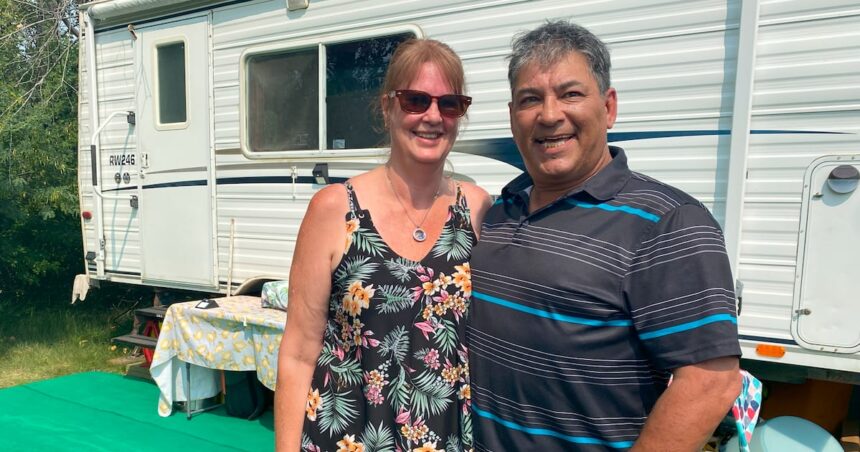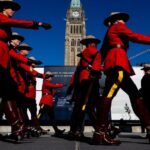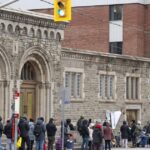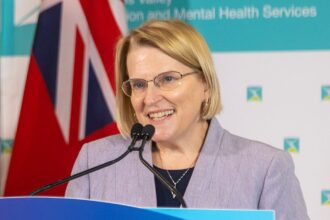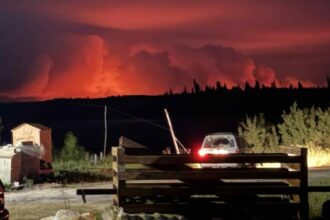In the charred remains of what was once their family home in northeastern British Columbia, the Wilsons face a devastating reality that thousands of Canadian homeowners fear but few experience. After cancelling their home insurance due to financial pressures last year, their three-bedroom house was completely destroyed in last month’s unprecedented wildfire that swept through their rural community.
“We had to choose between feeding our children properly or keeping our insurance,” explains Sarah Wilson, 42, standing amid the blackened foundation where her family home of fifteen years once stood. “With inflation pushing our grocery bills up nearly 20% and my husband’s hours at the mill being cut, something had to give.”
The Wilsons represent a growing demographic across Canada – families making painful financial sacrifices amid the country’s cost-of-living crisis. Insurance Bureau of Canada statistics indicate a troubling 8% increase in voluntary home insurance cancellations over the past two years, with rural and remote communities showing even higher rates.
Fire officials confirmed that the wildfire that devastated the Wilson’s community was one of 137 active wildfires currently burning across British Columbia, part of what experts are calling Canada’s “new normal” in an era of climate change. The fire, which destroyed 28 homes in total, moved with exceptional speed due to unusually dry conditions and strong winds.
“We’ve observed a concerning pattern where climate change is creating more frequent and intense wildfire conditions precisely when economic pressures are forcing more homeowners to go without adequate protection,” notes Dr. Elena Mikhailova, climate resilience researcher at the University of Toronto. “It’s a dangerous convergence of vulnerability.”
Provincial disaster relief programs offer limited assistance, typically covering only essential items and temporary housing. For the Wilsons, who lost not just their home but also family heirlooms, photographs, and the tools of Mark Wilson’s trade, government assistance will cover less than 5% of their total loss.
Community response has been swift, with neighbors establishing a crowdfunding campaign that has raised $18,000 so far. Local construction companies have offered discounted services for rebuilding, though without insurance, the family faces an estimated $375,000 gap to replace their home.
Financial advisors acknowledge the impossible choices many families face. “We’re seeing clients making deeply troubling financial decisions as they try to balance immediate needs against long-term security,” explains Toronto-based financial planner Raymond Chen. “The tragedy is that insurance is precisely the thing you need most when you feel you can least afford it.”
The Wilson family is currently living in a borrowed RV while they navigate their options. Their teenage children have transferred to schools in a neighboring community, adding lengthy commutes to their disrupted lives.
“You never think it will happen to you,” Sarah Wilson reflects. “We knew the risk we were taking, but when it’s a choice between insurance and medication for your child’s asthma, what would any parent do?”
As Canada faces increasingly destructive wildfire seasons, experts and policymakers are grappling with difficult questions: How do we protect vulnerable homeowners in an era of both climate and economic instability? And at what point does home insurance shift from being a financial choice to an essential service requiring public support?

